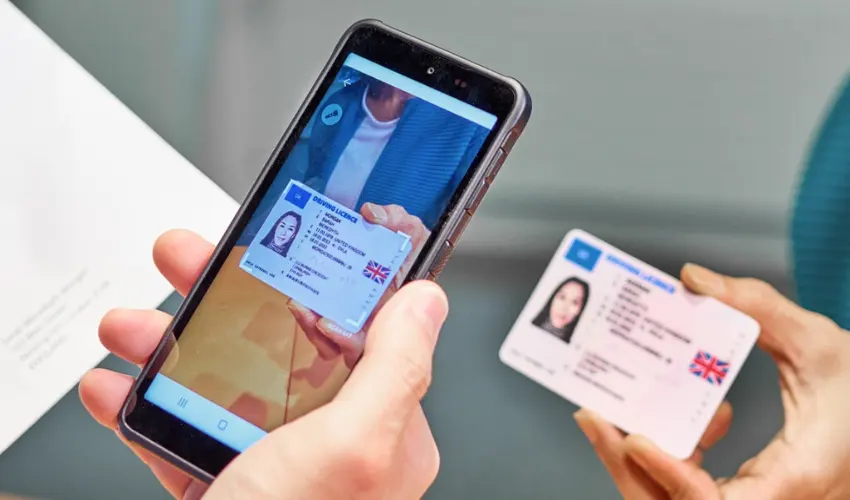In today’s fast-paced digital world, security and convenience are more important than ever. Scannable ID has emerged as a revolutionary tool that combines both aspects, making identification processes faster, safer, and more reliable. Whether it’s for personal use, business, or government applications, understanding the ins and outs of scannable ID can help you leverage its benefits fully.
Scannable ID is a type of identification that can be digitally scanned using smartphones, tablets, or dedicated scanners. Unlike traditional ID cards that rely solely on visual verification, scannable IDs contain encoded information that can be read electronically. This encoded data typically includes personal details, authentication codes, and security features designed to prevent fraud. With the rise of contactless technology, scannable IDs have become increasingly common in offices, airports, banks, and even healthcare facilities.
One of the main advantages of scannable ID is efficiency. In busy environments like airports or corporate offices, scanning an ID can be completed in seconds, reducing wait times and streamlining verification processes. Businesses benefit from quicker customer check-ins, secure access control, and seamless employee tracking. Similarly, governments and institutions can enhance public service delivery while ensuring accurate record-keeping and reducing human error.
Security is another crucial benefit. Traditional ID cards can be lost, stolen, or forged, putting personal information at risk. Scannable IDs, however, are designed with advanced encryption and verification protocols. Each scan is unique and often linked to a secure database, ensuring that only authorized personnel can access the information. This level of protection is essential for sensitive environments such as hospitals, financial institutions, and government facilities where identity theft or unauthorized access can have serious consequences.
Scannable ID also promote convenience. Many systems allow users to carry digital versions of their ID on smartphones, eliminating the need to carry physical cards. Digital scannable IDs can be updated in real time, ensuring that all information remains current without issuing new physical cards. This flexibility is particularly useful for students, employees, or frequent travelers who need to maintain up-to-date credentials at all times.
The technology behind scannable ID is constantly evolving. Modern systems use QR codes, barcodes, RFID chips, or NFC technology to encode information securely. Each technology offers unique advantages. QR codes are easy to generate and widely compatible, barcodes provide compact and efficient storage, RFID allows for contactless reading over short distances, and NFC supports secure, two-way communication between devices. Choosing the right technology depends on the intended use, security needs, and the user experience desired.
Businesses looking to implement scannable ID should consider integration with existing systems. Many companies use scannable IDs for employee access, time tracking, and visitor management. Integration with software systems such as HR platforms, attendance management tools, or CRM systems can enhance operational efficiency and reduce manual data entry. Additionally, adopting scannable ID solutions can help companies comply with privacy regulations and industry standards by ensuring secure data handling and audit trails.
Scannable IDs also have a growing role in healthcare. Hospitals and clinics use them for patient identification, medical record access, and secure prescription management. Scannable ID ensures that medical staff can verify patient identities quickly and accurately, reducing errors and improving the overall quality of care. Similarly, educational institutions use scannable ID for student attendance, library access, and campus security, providing a safer and more organized environment.
For individuals, adopting scannable ID offers peace of mind and flexibility. Digital wallets and mobile apps now allow people to store multiple forms of identification securely, accessible with a simple scan. This convenience extends to travel, banking, and even event entry, reducing the reliance on physical documents while maintaining a high level of security.
In conclusion, scannable ID represents a significant advancement in modern identification technology. Its combination of speed, security, and convenience makes it a valuable tool for businesses, governments, healthcare providers, educational institutions, and individuals. By understanding how scannable ID works, the technologies involved, and its practical applications, users can take advantage of a system designed to simplify identity verification while enhancing safety. As digital transformation continues to reshape industries, scannable ID is poised to play a central role in ensuring secure, efficient, and reliable identification for years to come.
